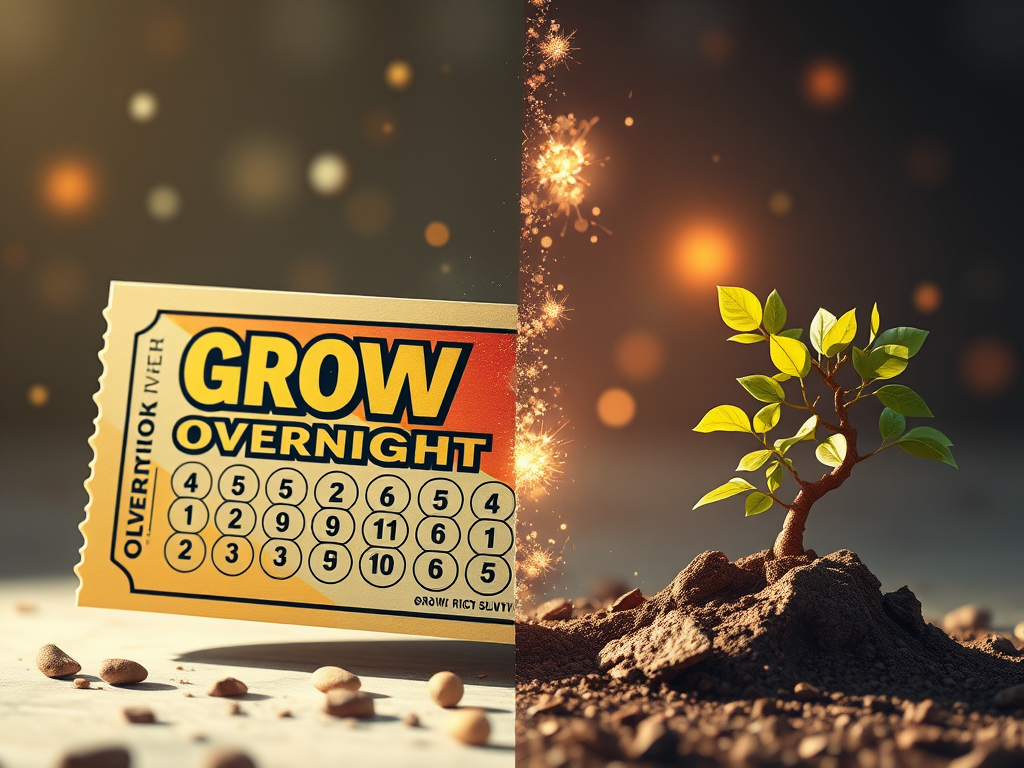When I first started investing with $1,000, even a $10 daily gain felt thrilling—1% of my entire account. Each move grabbed my attention and filled me with excitement. But as my portfolio grew, something surprising happened: I got used to bigger daily swings, and those larger dollar amounts stopped feeling as significant.
Adapting to Volatility
- Bigger portfolio, bigger swings: With a $10,000 account, daily moves could become $100 or more. Early on, that would have been nerve-wracking, but over time, it just feels normal.
- Focusing on percentages: By looking at percentage changes rather than dollar changes, it’s easier to avoid getting distracted or worried by large swings. What really matters is how much your portfolio moves in relative terms.
Staying Disciplined as Life Changes
As your life and financial situation change, your investment approach might need to change too:
- Don’t chase the thrill: Once, large swings were exciting. Now, the focus is on long-term goals, not daily excitement.
- Adjusting equity exposure: If your personal responsibilities or needs increase, or if you’re approaching a milestone (like retirement, a major purchase, or job change), it can make sense to reduce equity exposure. This helps protect your wealth from volatility when you need more stability.
- Balance risk and demand: The right portfolio is the one that matches both your emotional comfort and your current life demands.
The Journey in Perspective
| Stage | Portfolio Size | $ Daily Swing | % Swing | Emotional Response | Typical Action |
|---|---|---|---|---|---|
| First Investment | $1,000 | $10 | 1% | Excited, attentive | Check account often |
| Building Capital | $10,000 | $100 | 1% | Nerves, then acceptance | Learning not to react |
| Growth Plateau | $100,000+ | $1,000 | 1% | Calm, less distracted | Reduce exposure if needed |
Final Thought
Over time, investing teaches you not just about markets, but about yourself. You become less preoccupied by big dollar swings and start thinking in terms of percentages and long-term growth. And when your circumstances or demands change, it’s not a failure to adjust your investment mix—it’s a sign of wisdom and emotional maturity.
“As your money grows, so does your ability to handle the waves. Sometimes, true strength is knowing when to change course, not just how to weather the storm.”

